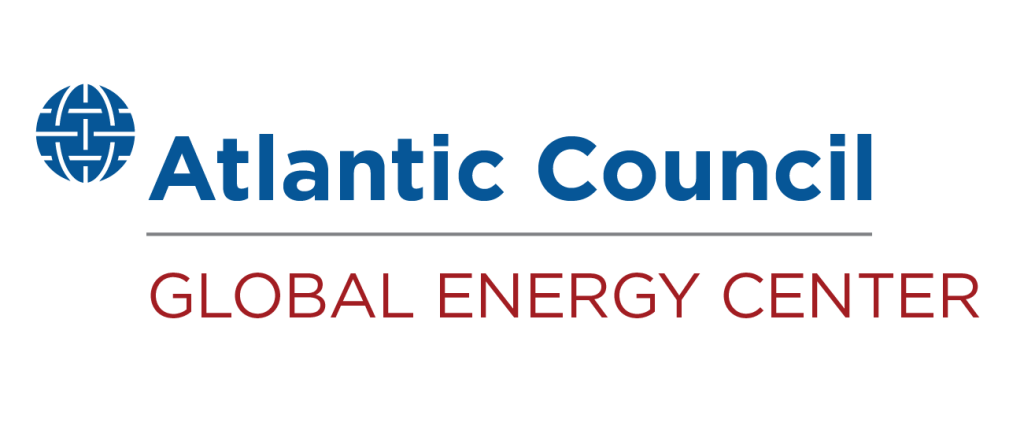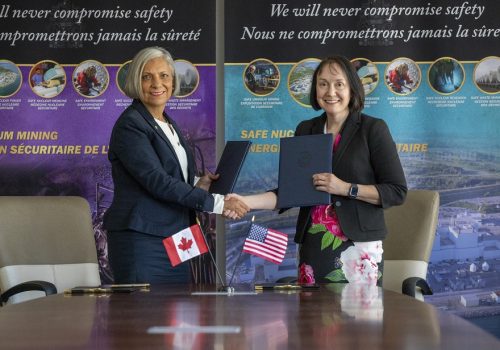Enhancing US-Japan cooperation on clean energy technologies
Japan’s October 2020 pledge to reach net-zero emissions by 2050 presents an opportunity to expand the robust US-Japan energy partnership into additional clean energy areas. But with a stark divide on energy policy in the United States, how can the US-Japan energy partnership appeal to disparate visions of the energy transition and be politically durable? In the wake of Japan’s net-zero announcement, the Global Energy Center is launching this new report, “Enhancing US-Japan cooperation on clean energy technologies,” which explores how the United States and Japan can increase the politically durable foundation for clean energy cooperation in their already robust energy partnership.
Reed Blakemore and David W. Yellen analyze which technologies could form such a foundation, and they recommend that the two countries prioritize technologies that address three interrelated goals: enhancing energy security and resilience, becoming more competitive and spurring economic growth, and reducing remissions. The report suggests a path forward for the United States and Japan, not only to expand bilateral clean energy cooperation, but also to lay the groundwork for a broader Indo-Pacific partnership on clean energy markets and technologies.
Report authors
Related content
Learn more about the Global Energy Center

The Global Energy Center develops and promotes pragmatic and nonpartisan policy solutions designed to advance global energy security, enhance economic opportunity, and accelerate pathways to net-zero emissions.
Image: Transmission lines overhang a quiet street below Mount Fuji. Source: Unsplash/Clay Banks




